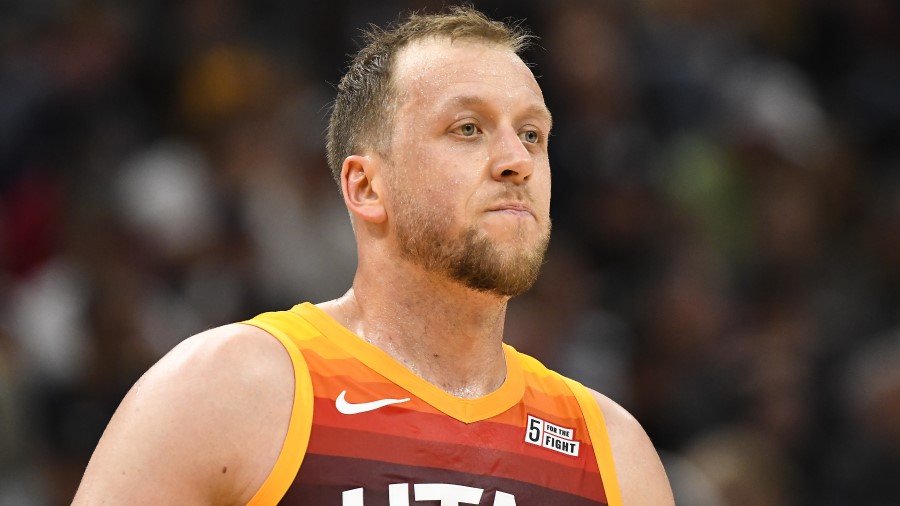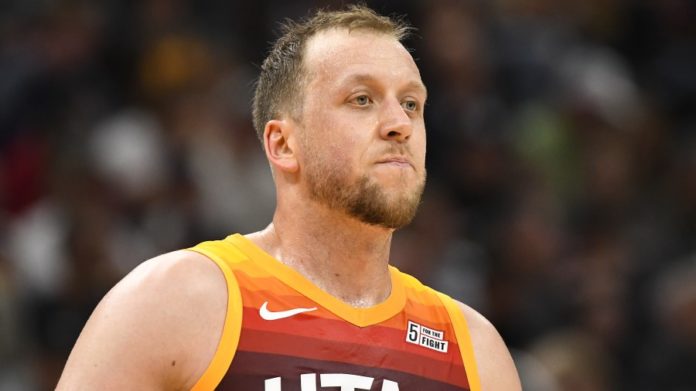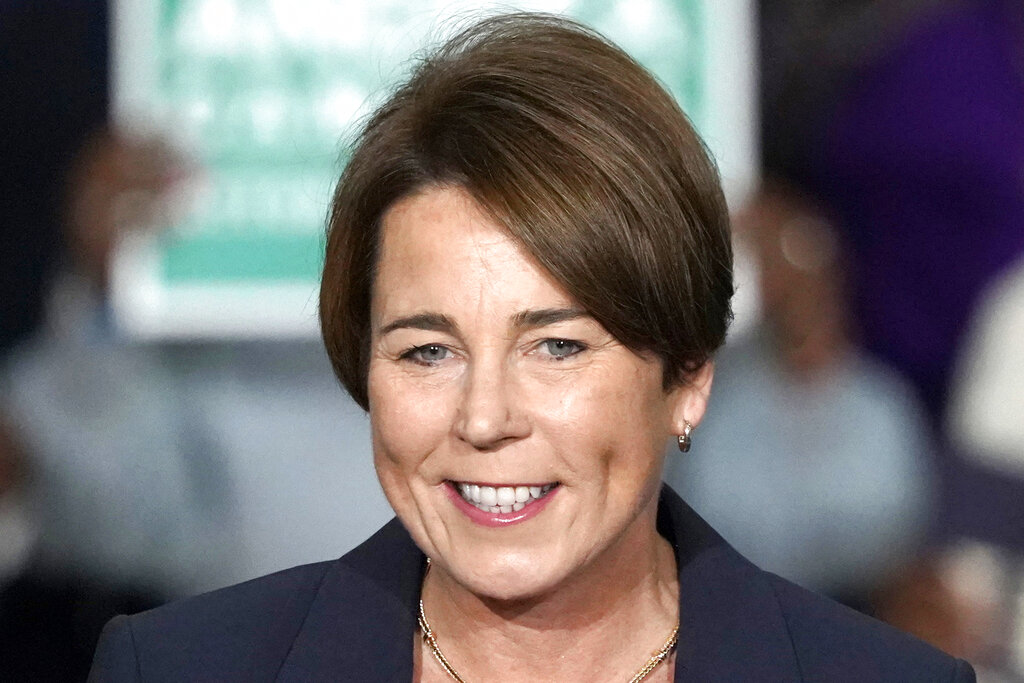
SALT LAKE CITY – The Utah Jazz have had an unimaginably poor start to the season shooting the basketball. After setting an NBA record for the most threes made per game last season, the Jazz have seen their averages crater early in the year from beyond the arc.
At the conclusion of last season, the Jazz averaged 16.7 made threes per game at a terrific 38.9 percent rate, good for fourth in the NBA.
This year, the Jazz averages have dipped to just 13.5 makes per game at 31.8 percent as a team, ranking them 26th in the NBA.
Last year, the Jazz had eight players on the roster shoot 38 percent or better from the three-point line, while this year only three players are shooting above 35 percent, and six players are shooting 30 percent or worse.
There has been some roster shakeup, most notably with Georges Niang who was the Jazz second-best three-point shooter at 42.5 percent last season.
The Jazz replaced Niang with veteran Rudy Gay, though the forward has yet to appear in a game this season due to offseason heel surgery. In Gay’s absence, the Jazz have turned to Eric Paschall who has the second-worst three-point shooting percentage on the roster among players who have appeared in all 10 games this season.
Paschall is a significant drop from Niang, but is that enough on its own?
Have Jazz Shots Changed?
Looking at the tracking numbers at nba.com, we can gather some information on the types of three-point shots the Jazz are getting compared to last season, and whether that has played a role in the team’s poor shooting performances.
From a frequency standpoint, the Jazz’s shot distribution is nearly identical to last season. Last year, 48.9 percent of the team’s field-goal attempts were threes while this year 49.0 percent of their shots come from downtown.
The Jazz led the NBA in three-point attempts per game last season at 43.0, while this season they’ve fallen to second place at 42.5.
Last year, 29.6 percent of the team’s field-goal attempts were catch and shoot threes while this season that number has dipped to 26.0 percent. That also means the team’s off-the-dribble threes are up from 18.8 percent last season to 22.7 this year.
Teams traditionally shoot better on catch and shoot threes than off-the-dribble threes, as was the case for the Jazz last year. Last season the team knocked down 40.8 percent of their catch and shoot threes but still connected on a healthy 36.3 percent of their shots off-the-dribble.
This season, the Jazz numbers are down across the board shooting just 31.4 percent on catch and shoot threes, and 31.3 percent on off-the-dribble attempts.
The Jazz are taking two percent more of their shots from three in the final seven seconds of the shot clock, but the change from last season is hardly enough to blame for the drop in shooting.
Last season 40.2 percent of the Jazz field goal attempts were threes in first 17 seconds of the shot clock. This year, the numbers are down slightly to 38.6 percent, but hardly enough to pin the issue on.
It doesn’t appear to have much to do with how they are being defended, either.
Last season, 6.1 percent of the Jazz field goal attempts were threes with a defender within four feet. This season, that number is 7.6 percent, a jump, but not a big one.
Some 42.7 percent of Jazz field goal attempts last season were with a defender no closer than four feet. This season that number sits at 41.3 percent, again, a drop, but not significant.
Is It The Schedule?
With the Jazz’s shooting down so dramatically, but the type of shots they’re getting so closely resembling last season, it’s fair to look at outside factors potentially impacting how the team is performing.
The Jazz haven’t faced the most difficult opponents to start the season, with only five of their 10 opponents currently on pace to make the playoffs, but their schedule has been tough nonetheless.
The Jazz have played seven road games in their first 10 contests of the season, that’s tied for second-most behind only the Cleveland Cavalier’s eight road games. Further more, the Jazz have yet to play consecutive games at home, meaning the team has been on a plane traveling to a new city between each of the tightly scheduled games.
With their next five games at home, and 10 of their next 12 overall, will the Jazz see their averages improve from the three-point line?
Not necessarily.
Last year the Jazz shot 39.2 percent from three at home, but still shot a blistering 38.6 on the road.
Though it’s a small sample size of just three games, this season the Jazz are shooting just 29.7 percent at home, and 32.6 percent on the road.
At that rate, the Jazz could actually see their three-point shooting percentages drop during the home stretch rather than rebound to last season’s averages.
What About The Rest Of The NBA?
While the Jazz are struggling to shoot the ball, it should be recognized that the NBA as a whole has seen a relatively dramatic drop in three-point shooting overall.
Last year the league saw teams shoot a combined 36.7 percent from the three-point line, tied for the highest average in history, while also shooting the most threes per game.
This year that number has dipped to 34.1 percent, the lowest since the 1998-99 season when the league shot 33.9 percent from three.
This season also marks the biggest drop in three-point shooting percentage in more than 40 years for the NBA. Leaguewide, three-point percentages are down 2.6 percent, that’s the most dramatic fall since 1980 when averages dipped from 28.0 the first year the NBA adopted the three-point line to 24.5 percent in its second season.
The drop coincides with the NBA’s increase in threes attempted, jumping from 34.6 attempts per game last season to 35.7 attempts this year.
It May Be The Jazz Opponents
One area of interest that could explain the Jazz poor percentages is the defenses they are playing against.
In the 10 games the Jazz have played so far this season, seven have come against teams with top-10 defenses against the three-point shot.
Of the three teams the Jazz have faced that don’t have top-10 three-point defenses, only Chicago is in the bottom 10 of the NBA, and the Jazz played the Bulls without the services of Mike Conley, their best three-point shooter.
It was also surprising to find that even though the Jazz have been one of the worst shooting teams in the NBA this season, their games alone are not the reason for their opponents having terrific three-point defensive percentages.
Across their seven games against top-10 three-point defenses, the Jazz results were decidedly middle of the road. In fact, it was only against the Orlando Magic when the Jazz shot 19 percent from the three-point line that the team’s shooting was the worst an opponent had faced this season.
During the upcoming five-game homestand, only the Miami Heat rank among the NBA’s top-10 defenses against the three, perhaps giving the Jazz the opportunity to improve their shooting.
But regardless of the opponent, the similarly in the types of threes the Jazz were getting last season, and when they were shooting them implies that the team’s slump has more to do with the natural ebbs and flows of shooting and less to do with who they’ve faced.
With a growing sample size, and a tough schedule behind them, the Jazz can hope to see their percentages climb over the coming weeks. If those percentages don’t rebound, the team’s coaching staff will have to go back to the drawing board to find out how to retool one of the NBA’s best offenses last season.








